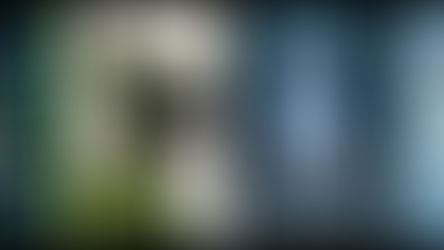6 Tips on overcoming writer's block with ChatGPT
- Patricia Leslie
- Oct 5, 2023
- 3 min read
Updated: Jul 31
We’ve all heard a lot about Artificial Intelligence and its impact on the creative industry. I’m focusing on writing , but similar can be said for any creative endeavour that uses digital processes.
Before we start, the important things to remember if you’re thinking about using AI for your writing include:
Information supplied to you from ChatGPT and other AI you may be using must be checked – don’t take it as gospel truth.
Information sources must also be checked – plagiarism is highly likely. Artifical intelligence applications pull info from all over the internet and does not ask permission before giving it to you. The onus on copyright checking is on the user.
AI is trained with datasets that provide the info it gets its answers from. It's both simple and complicated. At any rate, books included in the wide-reaching datasets are sometimes used without permission of the authors and publishers.. If you think your published work has been used in this way, you can check here. Read more about the issue here. Dataset training is not limited to books, but includes visual art, sound, and other publications.
ChatGPT (and similar applications) is great as tool: for research, sourcing ideas, summarising topics you may need help with (but don't use personal information in your prompts), but it's not a replacement for creative writing. That part comes from the writer.
Currently, ChatGPT’s sourcing stops in 2021 so you may also need to check that you’re getting the most up to date info especially for technical subjects.
Now let’s jump into the fun stuff. How can ChatGPT help you/us overcome writer’s block. I decided to see for myself. I’ve been struggling with article ideas this year. After a few years of writing I couldn’t think of anything new (newish). I opened ChatGPT (I downloaded the app and am using the free version) and typed in, “Article ideas on chat gpt for writers”. Basic but to the point.
“Overcoming Writer's Block with ChatGPT: Tips and Techniques" was number four on the list of 20 ideas it gave me. I then typed in a few more requests (prompts) and now have about 80 ideas for future articles.
6 Tips on overcoming writer's block with ChatGPT
Type in your request (prompt). You can be vague at first if you’re not sure what you want, but the best information will come when you’re specific and clear.
ChatGPT keeps a history of your requests and its answers so feel free to clarify your prompts as you go in order to obtain better answers (that’s how I ended up with 80 article ideas).
You can request a short poem or piece of prose in the style of a noted author or a particular writing style (but be careful about passing this off as your own because you could be plagiarising without realising).
If you have a research issue, use that as your prompt to find possible solutions (remember to check the sources and accuracy).
If you have a difficult or technical concept or research issue, request a summary, briefing or suggestion for presentations.
If the information is technical or a bit over your head, ask for the information to be presented to you as if for a 14 year old (or younger/older). The language will change to suit that level of comprehension.
Four more important things to remember when using ChatGPT
It bears repeating: check information for accuracy and copyright.
Privacy: ChatGPT pulls data from all over the place regardless of breaching privacy or copyright.
Don’t ask for sensitive information that will set alarm bells ringing. Accountability lies with the user not the AI.
Bias can be a real issue. ChatGPT servers are in America and information they source can be skewed to Western society ideals and stereotypes.
Remember,
ChatGPT is a tool you can use.
It can’t do the original creative stuff for you.
It also has limits on size.























Comments